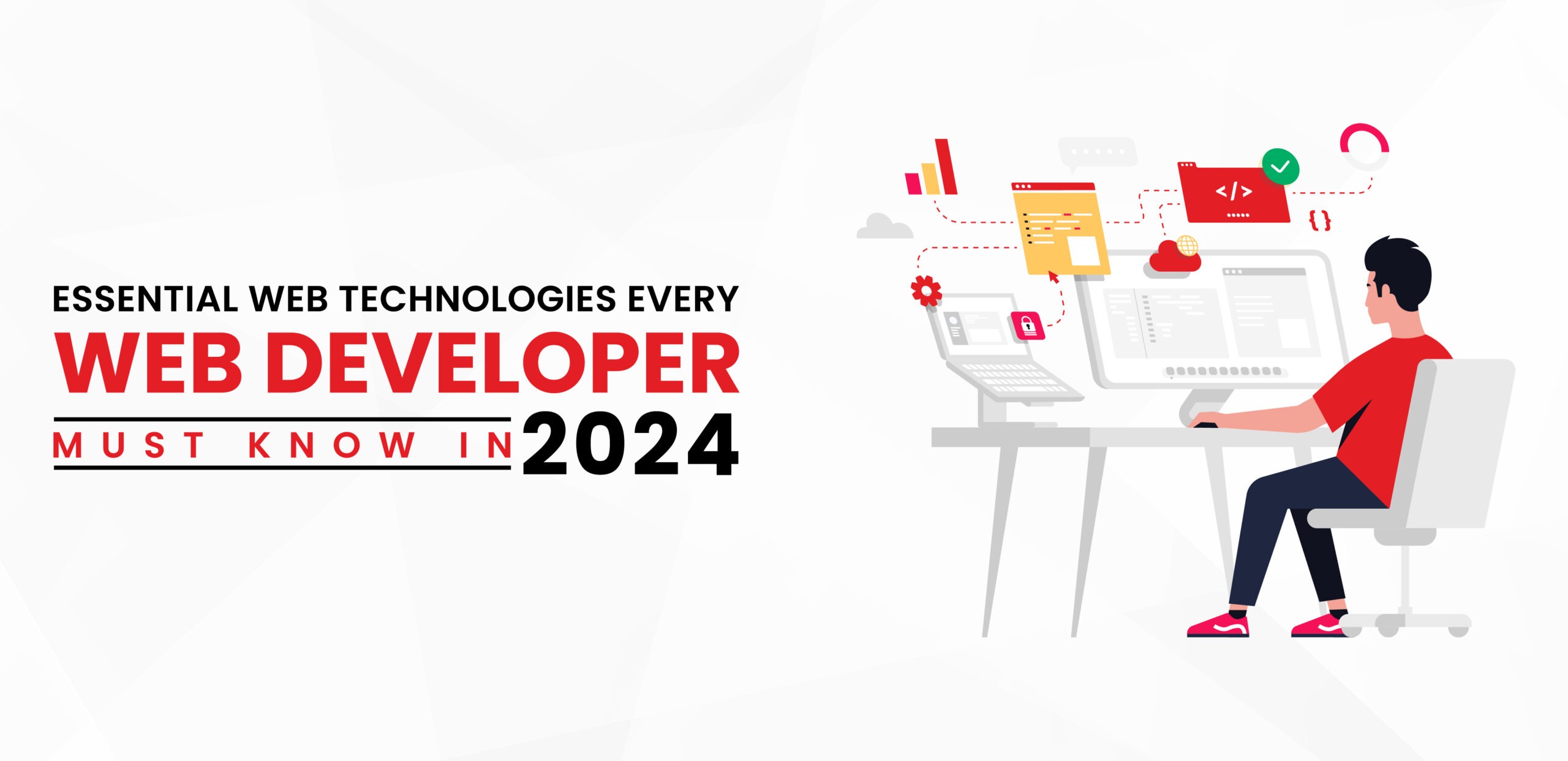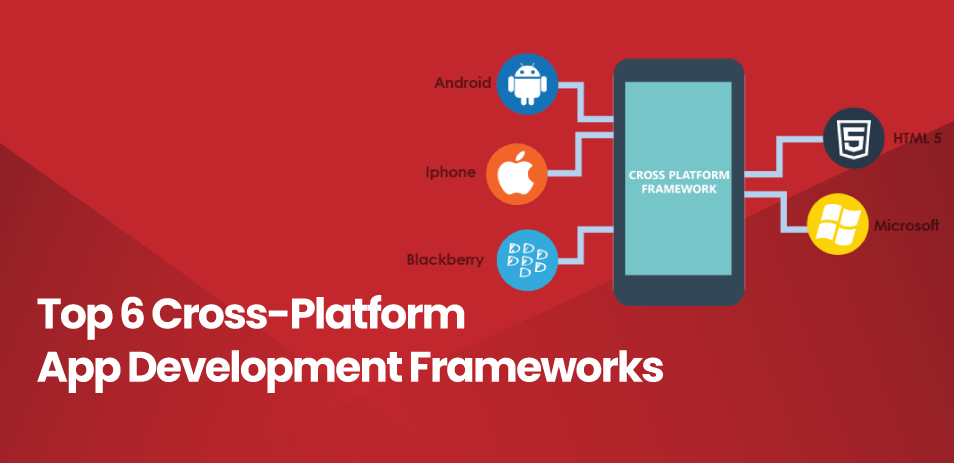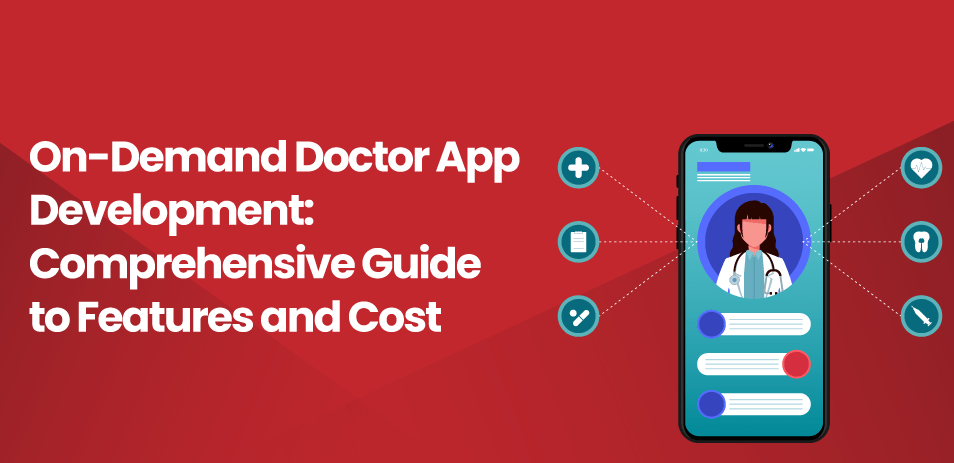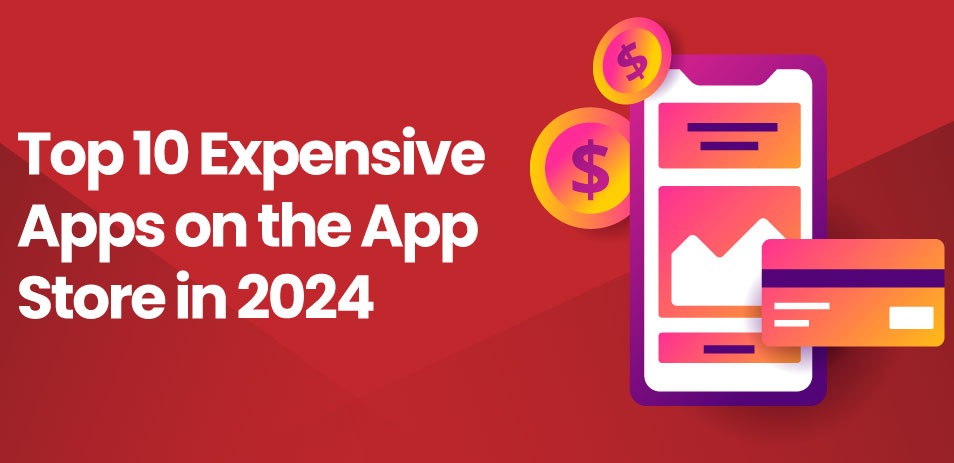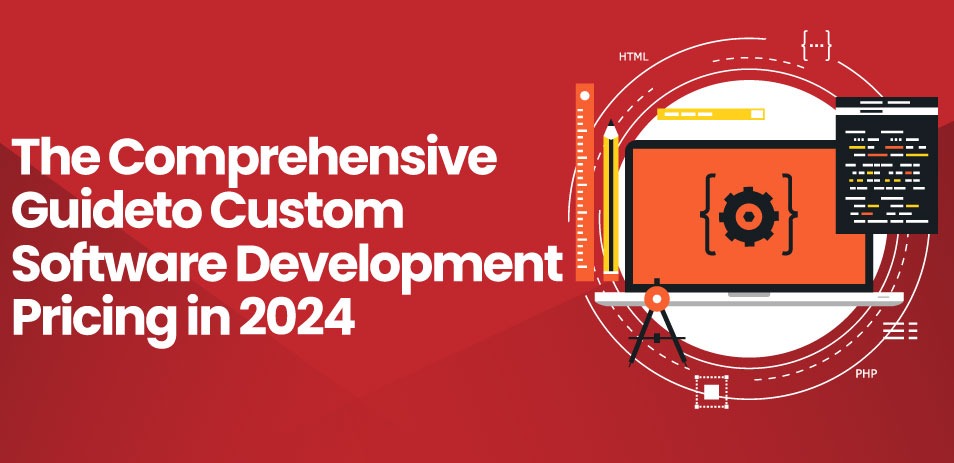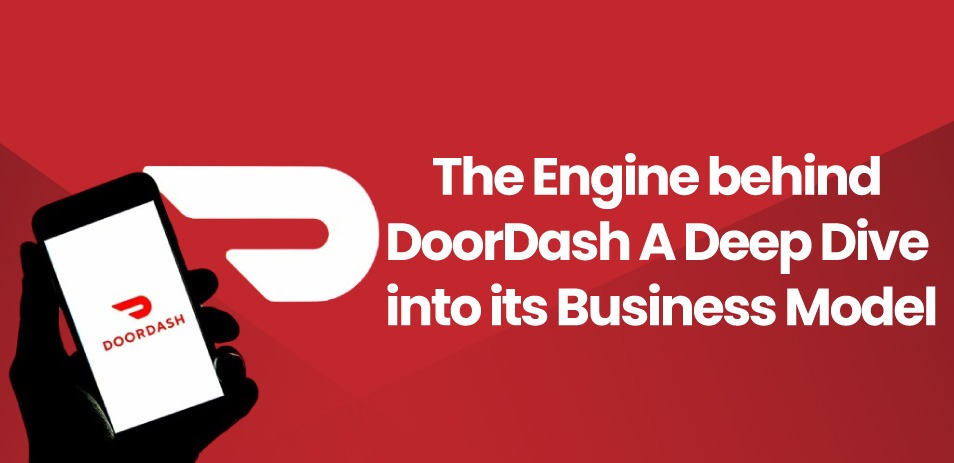Introduction
In the fast-evolving world of web development, staying ahead of the curve is crucial. According to recent statistics, over 1.8 billion websites exist today, with thousands more being created daily. This rapid growth underscores the importance of web developers keeping their skills and knowledge up to date with the latest web technologies. Whether you are a seasoned developer or just starting, understanding these fundamental technologies is essential for creating modern, efficient, and user-friendly websites. This blog post aims to provide an in-depth look at the web technologies every web developer must know, covering both foundational tools and emerging trends.
HTML/CSS: The Backbone of Web Development
HTML (HyperText Markup Language)
Definition and Importance: HTML is the standard markup language used to create web pages. It provides the structure for web content, allowing developers to define elements like headings, paragraphs, links, images, and more. Without HTML, web content would lack a cohesive structure, making it difficult for browsers to display information correctly.
HTML5: Key Features and Why It’s a Game-Changer
HTML5 introduced significant enhancements, including new elements (e.g., <header>, <footer>, <article>), improved support for multimedia (audio and video tags), and better form controls. These features make it easier to create rich, interactive web experiences without relying heavily on external plugins like Flash.
Semantics: The Role of Semantic HTML in Accessibility and SEO
Semantic HTML uses meaningful tags that describe the content they enclose (e.g., <nav> for navigation, <article> for articles). This improves accessibility for screen readers and search engines, enhancing the user experience and boosting SEO.
CSS (Cascading Style Sheets)
Definition and Importance
CSS is a stylesheet language used to describe the presentation of a document written in HTML. It controls the layout, colors, fonts, and overall visual appearance of a website. CSS separates content from design, allowing for more flexibility and maintainability.
CSS3: New Features and Capabilities
CSS3 brought a host of new features, including animations, transitions, and new layout modules like Flexbox and Grid. These capabilities enable developers to create more dynamic and responsive designs without relying on JavaScript.
Responsive Design: Media Queries, Flexbox, and Grid
Responsive design ensures that web pages look and function well on all devices, from desktops to smartphones. Media queries allow developers to apply different styles based on the screen size and resolution. Flexbox and Grid are powerful layout systems that simplify the process of creating flexible and adaptive designs.
Preprocessors: LESS and SASS Overview
CSS preprocessors like LESS and SASS add functionality to CSS, such as variables, nesting, and mixins, making the stylesheet more maintainable and easier to write. They compile down to standard CSS, ensuring compatibility with all browsers.
Crafting Your Ideal Web App/Experience Starts Here!
Ready to elevate your business? Your custom Web app is just a click away.
Yes Let’s goJavaScript: The Language of the Web
Basics of JavaScript
Definition and Importance
JavaScript is a versatile programming language essential for creating interactive and dynamic web content. It enables developers to implement features like form validation, animations, and asynchronous data fetching, enhancing the user experience.
ECMAScript 6 (ES6) and Beyond: Key Features and Improvements
ES6, also known as ECMAScript 2015, introduced significant improvements to JavaScript, including arrow functions, template literals, classes, and modules. These features streamline the coding process and improve code readability and maintainability.
Frameworks and Libraries
React
Developed by Facebook, React is a JavaScript library for building user interfaces, particularly single-page applications. It uses a component-based architecture, allowing developers to create reusable UI components. React’s virtual DOM efficiently updates the UI, leading to better performance.
Angular
Created by Google, Angular is a comprehensive framework for building dynamic web applications. It uses TypeScript and offers a robust set of features, including two-way data binding, dependency injection, and a powerful CLI. Angular is well-suited for large-scale applications.
Vue.js
Vue.js is a progressive JavaScript framework that is easy to integrate into projects. It offers a simple yet powerful API, making it a popular choice for developers. Vue’s reactivity system and component-based architecture simplify the development of complex applications.
Tools and Ecosystem
Node.js
Node.js is a server-side JavaScript runtime environment built on Chrome’s V8 JavaScript engine. It allows developers to use JavaScript for backend development, enabling full-stack development with a single language. Node.js is known for its event-driven, non-blocking I/O model, which makes it highly efficient and suitable for real-time applications.
NPM/Yarn
NPM (Node Package Manager) and Yarn are package managers that help developers manage dependencies in JavaScript projects. They provide access to a vast repository of packages, simplifying the process of adding, updating, and removing libraries and tools.
Webpack
Webpack is a module bundler that compiles JavaScript modules into a single bundle or smaller chunks. It handles dependencies, optimizes assets, and supports advanced features like code splitting and hot module replacement. Webpack is essential for modern web development, ensuring efficient loading and performance.
Backend Technologies: Powering the Server Side
Server-Side Languages
Python/Django
Python is a versatile language known for its readability and simplicity. Django, a high-level Python web framework, encourages rapid development and clean, pragmatic design. It includes features like an ORM, authentication, and an admin interface, making it a popular choice for web applications.
Ruby on Rails
Ruby on Rails, or Rails, is a server-side web application framework written in Ruby. It follows the convention over configuration (CoC) and don’t repeat yourself (DRY) principles, promoting efficient and maintainable code. Rails is well-suited for startups and rapid prototyping.
PHP/Laravel
PHP is a widely-used server-side scripting language designed for web development. Laravel, a PHP framework, offers elegant syntax and robust features like routing, middleware, and an ORM. It simplifies common tasks, making PHP development more efficient.
Java/Spring Boot
Java is a powerful, object-oriented programming language with a strong emphasis on portability and performance. Spring Boot is a Java-based framework that simplifies the creation of stand-alone, production-grade applications. It provides features like dependency injection, security, and a comprehensive ecosystem.
Databases
SQL vs. NoSQL: Differences and Use Cases:
SQL databases (e.g., MySQL, PostgreSQL) use structured query language and are ideal for complex queries and transactions. NoSQL databases (e.g., MongoDB, Redis) handle unstructured data and are suitable for scalable, high-performance applications.
Popular Databases: MySQL, PostgreSQL, MongoDB, and Redis
MySQL and PostgreSQL are robust, relational databases widely used in web applications. MongoDB, a NoSQL database, is known for its flexibility and scalability. Redis, an in-memory data store, offers high-speed data access and is often used for caching.
RESTful APIs and GraphQL
REST: Principles and Best Practices
REST (Representational State Transfer) is an architectural style for designing networked applications. It relies on stateless communication, using HTTP methods like GET, POST, PUT, and DELETE. RESTful APIs are widely used for web services due to their simplicity and scalability.
GraphQL: Introduction and Advantages Over REST
GraphQL is a query language for APIs that allows clients to request exactly the data they need. Developed by Facebook, it provides more flexibility and efficiency compared to REST. GraphQL reduces over-fetching and under-fetching of data, making it ideal for complex applications.
Version Control: Collaborating and Managing Code
Git
Basics and Importance of Version Control
Version control systems track changes to code, allowing web app development company to collaborate effectively and maintain a history of their work. Git is the most popular version control system, offering powerful features for branching, merging, and collaboration.
Key Commands and Workflows
Git commands like git init, git clone, git commit, and git push are fundamental for managing repositories. Workflows like feature branching and pull requests facilitate collaborative development and code review.
Branching and Merging Strategies
Branching allows developers to work on features or fixes in isolation. Strategies like Git Flow and GitHub Flow provide structured approaches to managing branches and releases, ensuring a smooth development process.
Platforms
GitHub
GitHub is a web-based platform that hosts Git repositories and offers collaboration tools like pull requests, issue tracking, and project management. It is widely used in the open-source community and by companies for version control and collaboration.
GitLab
GitLab offers similar features to GitHub, with additional tools for CI/CD, security, and DevOps. It provides a comprehensive platform for managing the entire software development lifecycle.
Bitbucket
Bitbucket, owned by Atlassian, integrates well with other Atlassian tools like Jira and Confluence. It supports Git and Mercurial repositories and offers features for code collaboration and CI/CD.
DevOps and Deployment: From Code to Production
Continuous Integration/Continuous Deployment (CI/CD)
Concepts and Benefits
CI/CD automates the process of integrating code changes, running tests, and deploying applications. Continuous integration ensures that code changes are tested regularly, while continuous deployment automates the release process. These practices improve code quality and accelerate the development lifecycle.
Popular Tools: Jenkins, Travis CI, CircleCI
Jenkins is an open-source automation server that supports numerous plugins for CI/CD. Travis CI and CircleCI are cloud-based services that provide easy integration with GitHub and other repositories, streamlining the CI/CD process.
Containerization and Orchestration
Docker: Basics and Use Cases
Docker is a platform for developing, shipping, and running applications in containers. Containers encapsulate an application and its dependencies, ensuring consistency across different environments. Docker simplifies deployment and scaling of applications.
Kubernetes: Basics and Use Cases
Kubernetes is an open-source platform for automating container orchestration. It manages the deployment, scaling, and operation of containers across clusters of machines. Kubernetes is essential for running large-scale, distributed applications.
Cloud Services
Popular Providers: AWS, Google Cloud, Azure
Amazon Web Services (AWS), Google Cloud Platform (GCP), and Microsoft Azure are leading cloud service providers offering a range of services for computing, storage, databases, and networking.
Key Services for Web Developers: Compute, Storage, Databases, and Serverless
Cloud services like AWS EC2, GCP Compute Engine, and Azure VMs provide scalable computing power. Storage services like AWS S3 and GCP Cloud Storage offer durable, scalable storage solutions. Managed database services simplify database management, while serverless platforms like AWS Lambda and Azure Functions allow developers to run code without managing servers.
Security
Common Threats
· SQL Injection
Attackers exploit vulnerabilities in SQL queries to execute malicious code, potentially compromising the database.
· Cross-Site Scripting (XSS)
XSS attacks inject malicious scripts into web pages viewed by other users, leading to data theft or defacement.
· Cross-Site Request Forgery (CSRF)
CSRF attacks trick users into performing unwanted actions on a web application in which they are authenticated.
· DDoS Attacks
Distributed Denial of Service (DDoS) attacks overwhelm a website with traffic, rendering it unavailable to legitimate users.
Best Practices
· Input Validation and Sanitization
Ensuring that user inputs are validated and sanitized prevents malicious data from being processed.
· Authentication and Authorization
Implementing robust authentication and authorization mechanisms protects sensitive data and resources.
· HTTPS and SSL/TLS
Using HTTPS ensures encrypted communication between the client and server, protecting data integrity and confidentiality.
· Regular Security Audits and Updates
Regularly auditing the codebase and applying security updates helps identify and mitigate vulnerabilities.
Performance Optimization: Speeding Up Your Web Applications
Frontend Optimization
- Minification and Bundling: Minifying and bundling JavaScript and CSS files reduces their size, improving load times.
- Lazy Loading and Asynchronous Requests: Lazy loading defers the loading of non-essential resources, while asynchronous requests improve the responsiveness of web applications.
- Optimizing Images and Assets: Compressing images and using modern formats (e.g., WebP) reduces the size of assets, speeding up page load times.
Backend Optimization
- Database Indexing and Query Optimization: Indexing and optimizing queries improve database performance, reducing the time required to retrieve data.
- Caching Strategies: Implementing caching mechanisms (e.g., Redis, Memcached) reduces the load on databases and improves response times.
- Load Balancing: Distributing traffic across multiple servers ensures high availability and scalability, preventing overloads.
Crafting Your Ideal Web App/Experience Starts Here!
Ready to elevate your business? Your custom Web app is just a click away.
Yes Let’s goProgressive Web Apps (PWAs): The Future of Web Applications
What is a PWA?
Progressive Web Apps (PWAs) combine the best of web and mobile applications, providing a fast, reliable, and engaging user experience. PWAs work offline, load quickly, and can be installed on the user’s device like a native app.
Advantages Over Traditional Web and Native Apps
PWAs offer improved performance, offline capabilities, and push notifications without the need for app store distribution. They provide a seamless user experience across different devices and platforms.
Key Technologies
- Service Workers: Service workers are scripts that run in the background, enabling features like offline access, caching, and push notifications. They play a crucial role in making PWAs reliable and performant.
- Web App Manifest: The web app manifest is a JSON file that defines metadata for the PWA, such as the app’s name, icons, and start URL. It allows users to add the PWA to their home screen.
- Push Notifications and Background Sync: Push notifications keep users engaged by delivering timely updates. Background sync ensures that data is synchronized when the device is online, providing a seamless user experience.
Emerging Technologies
WebAssembly
- Introduction and Use Cases: WebAssembly (Wasm) is a binary instruction format that enables high-performance execution of code in web browsers. It is designed for running complex applications like games and video editors efficiently.
- Benefits Over Traditional JavaScript: WebAssembly provides near-native performance, allowing developers to use languages like C, C++, and Rust for web development. It complements JavaScript, enabling more powerful web applications.
AI and Machine Learning in Web Development
- Use Cases and Examples: AI and machine learning enhance web applications through features like personalized recommendations, chatbots, and image recognition. They improve user engagement and provide valuable insights.
- Popular Frameworks and Tools: TensorFlow.js, Brain.js, and ml5.js are popular JavaScript libraries for integrating machine learning into web applications. These tools simplify the process of adding intelligent features to web projects.
Augmented Reality (AR) and Virtual Reality (VR)
- Introduction and Use Cases: AR and VR technologies create immersive experiences by overlaying digital content onto the real world (AR) or creating entirely virtual environments (VR). They have applications in gaming, education, and e-commerce.
- WebXR Device API: The WebXR Device API enables developers to create AR and VR experiences for the web. It provides a standardized way to access AR/VR hardware, making it easier to develop cross-platform immersive applications.
Conclusion
As the web continues to evolve, web developers must stay updated with the latest technologies to create innovative and efficient applications. From foundational tools like HTML, CSS, and JavaScript to advanced frameworks, backend technologies, and emerging trends, the landscape of web development is vast and dynamic. Continuous learning and adaptation are key to thriving in this field. Explore these technologies, experiment with new tools, and keep pushing the boundaries of what the web can do.

